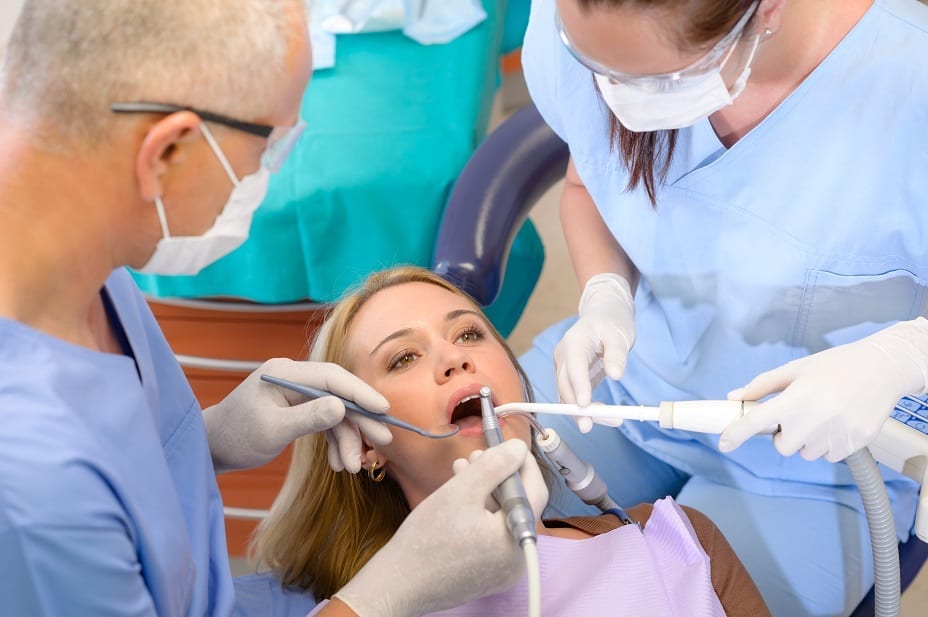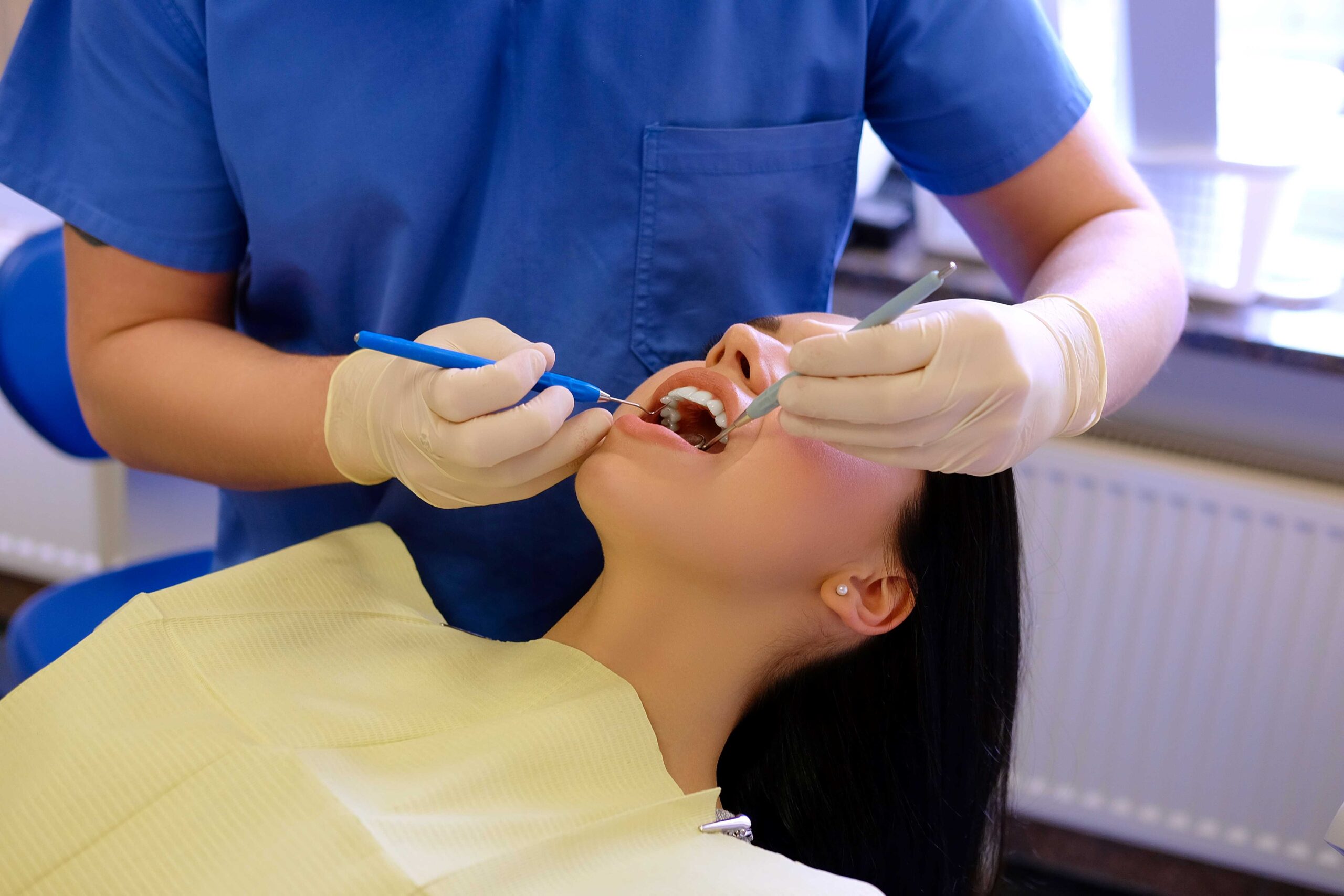The Ultimate Guide To Legacy Orthodontics
The Ultimate Guide To Legacy Orthodontics
Blog Article
Legacy Orthodontics for Dummies
Table of ContentsThe smart Trick of Legacy Orthodontics That Nobody is Talking AboutEverything about Legacy OrthodonticsLegacy Orthodontics for BeginnersThe Single Strategy To Use For Legacy OrthodonticsThe Legacy Orthodontics Diaries
In addition, we supply flexible treatment routines, flexible payment choices and a fun, enjoyable experience.An orthodontist is a dental practitioner trained to diagnose, stop, and treat teeth and jaw abnormalities. Orthodontists work with people of all ages, from kids to adults.
Malocclusion, or misaligned teeth, can result in oral concerns, including dental cavity, gum tissue illness, and difficult or uncomfortable chewing. However not every person is born with straight teeth. If you have a negative bite or big areas between your teeth, you may intend to speak with a dentist concentrating on orthodontic care.
The Of Legacy Orthodontics
( Photo Credit Score: DigitalVision/Getty Images) Orthodontists use taken care of and detachable oral tools, like dental braces, retainers, and bands, to change the setting of teeth in your mouth. Orthodontic therapy is for oral abnormalities, including: Misaligned teethBite issues, like an overbite or an underbiteCrowded teeth or teeth that are also much apartJaw misalignmentThe objective of orthodontic therapy is to enhance your bite.
While you may believe of orthodontists as mainly for children or teenagers who need dental braces, they can remedy dental problems at any age. Orthodontists attend college, oral college, and orthodontic institution.
, but not all dentists are orthodontists. They focus on two locations: Just how to appropriately and safely move teeth How to correctly assist development in the teeth, jaw, and faceOnce an orthodontist has finished training, they have the choice to become board certified.
Not known Facts About Legacy Orthodontics
Misalignment, or malocclusion, is the most common factor individuals see an orthodontist. It is hereditary and is the outcome of dimension differences in between the upper and reduced jaw or between the jaw and teeth. Malocclusion brings about tooth overcrowding, a misshapen jaw, or irregular bite patterns. Malocclusion is typically treated with: Your orthodontist affixes steel, ceramic, or plastic square bonds to your teeth.
Some individuals need a headgear to help relocate teeth right into line with pressure from outside the mouth. A retainer is a custom-made gadget that maintains your teeth in location.
They're most usually utilized on children. They can develop added space in the mouth without needing to pull teeth. If you have a major underbite or overbite, you might need orthognathic surgery (additionally called orthodontic surgery) to extend or shorten your jaw. Orthodontists use cords, medical screws, or plates to sustain your jaw bone.
You might require to see an orthodontist if you have: Crowding or not enough area for every one of your teethOverbite, when your upper teeth come by your base teethUnderbite, when your bottom teeth are also far forwardSpacing or problems with gapsCrossbite, which is when your top teeth fit behind your bottom teeth when your mouth is closedOpen bite or a vertical gap between your front bottom and upper teethMisplaced midline, when the center of your bottom and top teeth do not align Dealing with a dental malocclusion can: Make biting, eating, and talking easierImprove the balance of our face and your total appearanceEase pain from temporomandibular joint problemsSeparate your teeth and make them easier to clean, helping avoid dental cavity or dental caries It's commonly a dental practitioner that first notifications misaligned teeth during a regular examination.
Not known Incorrect Statements About Legacy Orthodontics

During your initial orthodontic appointment, see it here you'll likely have: An oral examPhotos taken of your face and smileDental X-raysPanoramic (360 degree) X-rays of your face and headImpressions to produce mold and mildews of your teethThese tests will certainly help your orthodontist understand just how to continue with your therapy. invisalign. An orthodontist is a dental practitioner who's had training to treat your teeth and jaw
Orthodontists may carry out surgery, exams,X-rays,and even more to help you acquire a much more comfy, healthier smile. An orthodontist is concentrated on your bite, so something like a chipped tooth would certainly be handled by a dentist. Orthodontists are dentists yet not all dental experts are orthodontists. Orthodontists are concentrated on your bite, or the way your teeth meshed, and the straightness of your teeth.
Ever asked yourself exactly how celebrities constantly appear to have flawlessly straightened teeth? The solution often exists in the proficient hands of an orthodontist. What precisely does an orthodontist do? Orthodontists are oral experts that focus on dealing with abnormalities in the teeth and jaws. Their expertise goes beyond just producing a gorgeous smile; it encompasses enhancing your total oral wellness and function.
Rumored Buzz on Legacy Orthodontics

, orthodontists have a diverse toolkit at their disposal. These tried-and-true braces utilize a system of braces adhered to the teeth and attached by cables.
Clear aligners, like Invisalign, are a popular choice for patients looking for a more very discreet treatment choice. These detachable trays are custom-made to considerably change the teeth's setting. Headwear may be utilized together with braces or aligners to use added targeted forces, especially for remedying jaw disparities. In instances of narrow jaws, palatal expanders can be utilized to develop area for appropriate tooth placement.
Report this page